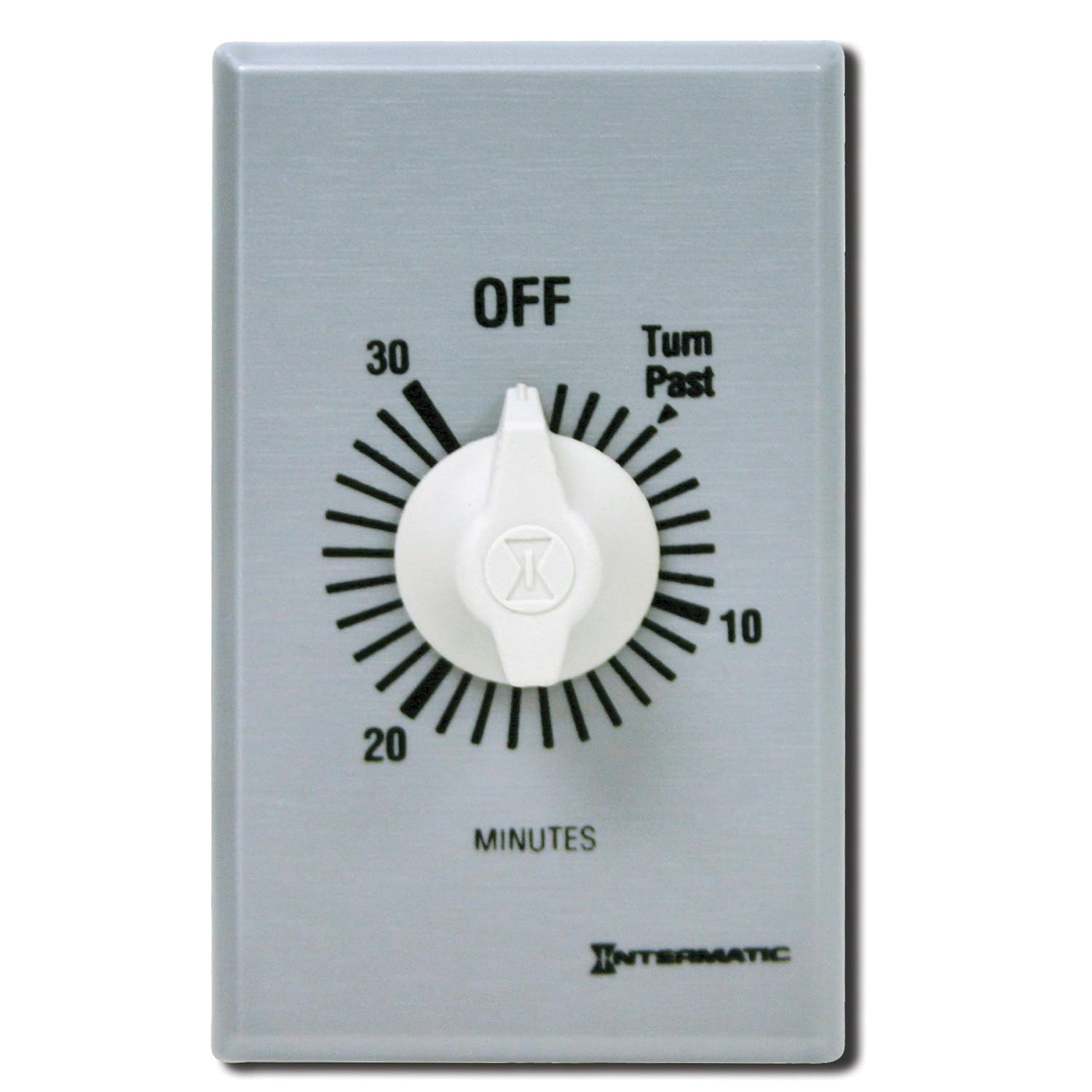> Timer ... ones in building halls for temporary light when coming in or out. You touch it and start to work, when unused for a little while turns off automatically.
If you just "touch it", and it is made for line-stuff, it is less likely to work in the low-Volt kiddie-board.
Some of those, more and more each day, are "electronic". 5V timer logic chips. Since they control 120/230V loads, the 120/230-to-5V supply is built-in. You could try to bust them open and bypass that, but most such products are not made to be serviced. The one I pointed to "avoid this", I have on my bathroom heater, and it looks like it is glued together and if you crack it all the little parts will jump out. I can barely re-assemble a cracked GFI, this has more buttons to mix-up or lose.
The one with the knob is a rudimentary mechanical tic-tok wind-up clock. It takes some force to turn the knob, you are winding a spring to power the contraption inside. A clock-like escapement lets-down the spring one tick per second, and the knob turns back to zero. Similar to a mechanical egg-timer. A cam on the back works whatever the end-result is: a bell on the egg-timer, a switch on the electrical timer. The time function takes NO electricity. The 250V 10A switch is over-kill for a kiddie LED box, but that's OK.
The rotary mechanical time switches used to be common in hotel bathrooms so you could run the heater long enough to bathe, but not waste electricity all night and into the next day. We also used them in less-used college classrooms so the stage-lights would go out sometime after class ended (unless the next professor wound it up again).
The "avoid this" push-button timer is moderately better for 120/230V installations in walls. It does not stick-out to get busted, a great advantage in a small bath. You do not get an infinite choice of times, not even a rational log-scale. Mine is 10 20 30 60. It does not tic-tok while counting down, though if you set 60 the LEDs do count down 30 20 10, you can see if you want to bump it back up to finish your bath and dressing. I thought it might be a Triac, but mine has a clunk when the heater goes off or on, so it may be a real relay. There's also a strong tick in the "tact" button, though this could be random parts procurement. ("Tact" switches also come tact-less, mush-buttons, and there's no reason for the timer maker to care since the LEDs verify the thing is hearing your finger.)
The turn-knob type is inaccurate. Zero on the knob is never quite zero on the cam, and the escapement is the poorest type they can manage. The usual failure is that they tick down to almost-zero and then stall (staying ON) because the wound-down spring can't force the dust friction. (You can turn them to off, but that rather misses the point.)
The electronic counter presumably has the 10% error of an R-C clock, but no wound-down old-dust stalling failure.
Added point: the electronic LED job needs *both* Hot and Neutral (and you should have a Ground wire also). The mechanical timer only needs the Hot leads (one from fusebox, one to heater). If your fusebox feed goes to the heater first, then loops-down to a switch, it may not have a Neutral in the switchbox. Then the knob-type beats re-wiring for the electronic type.




